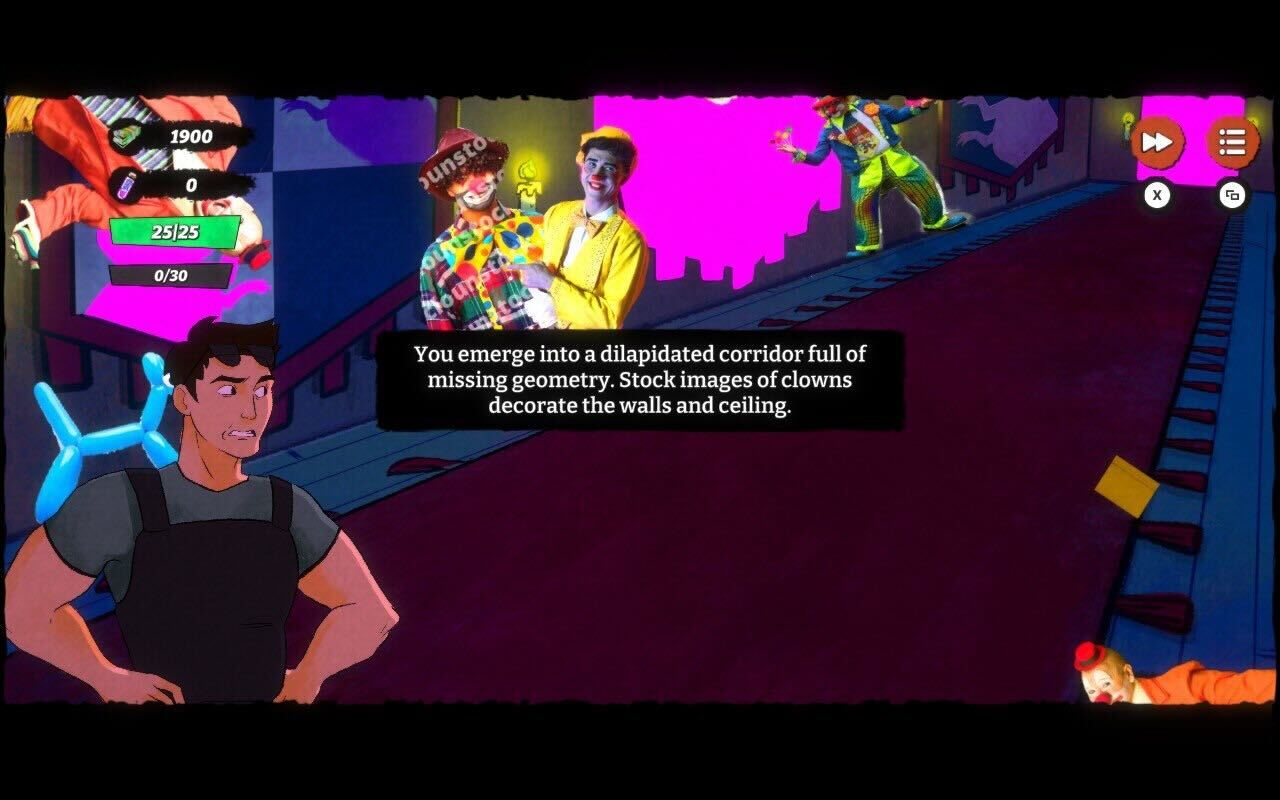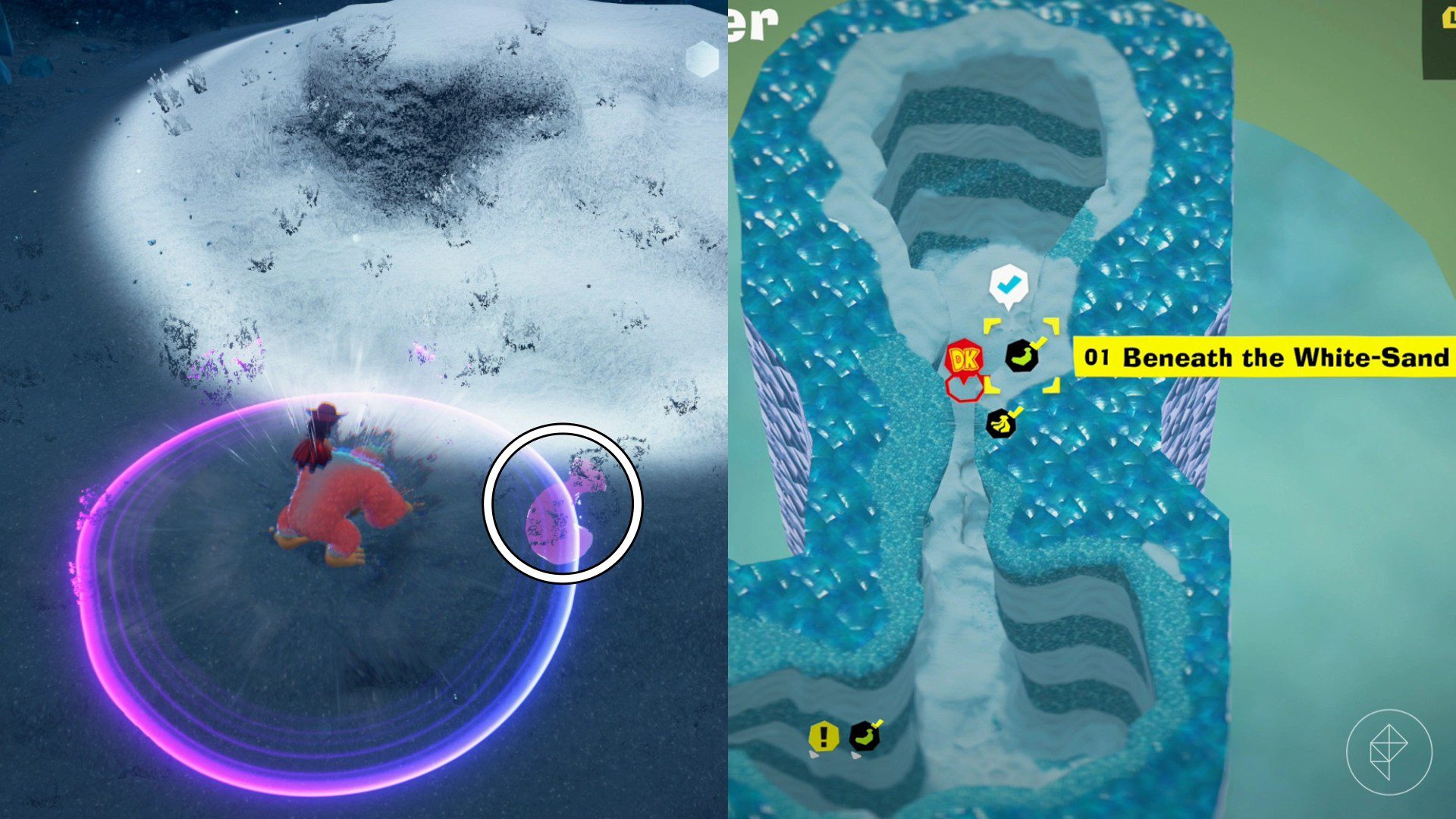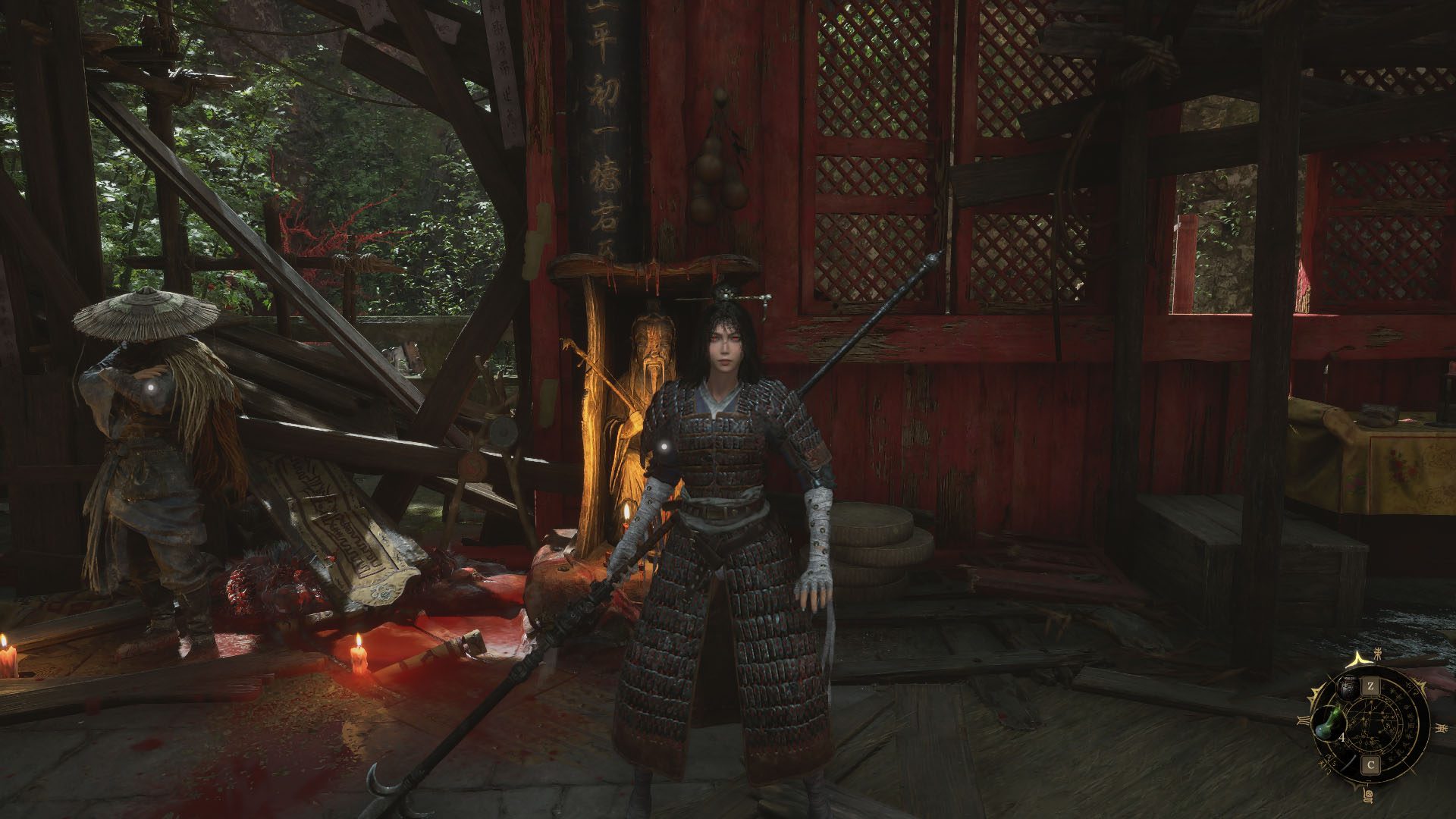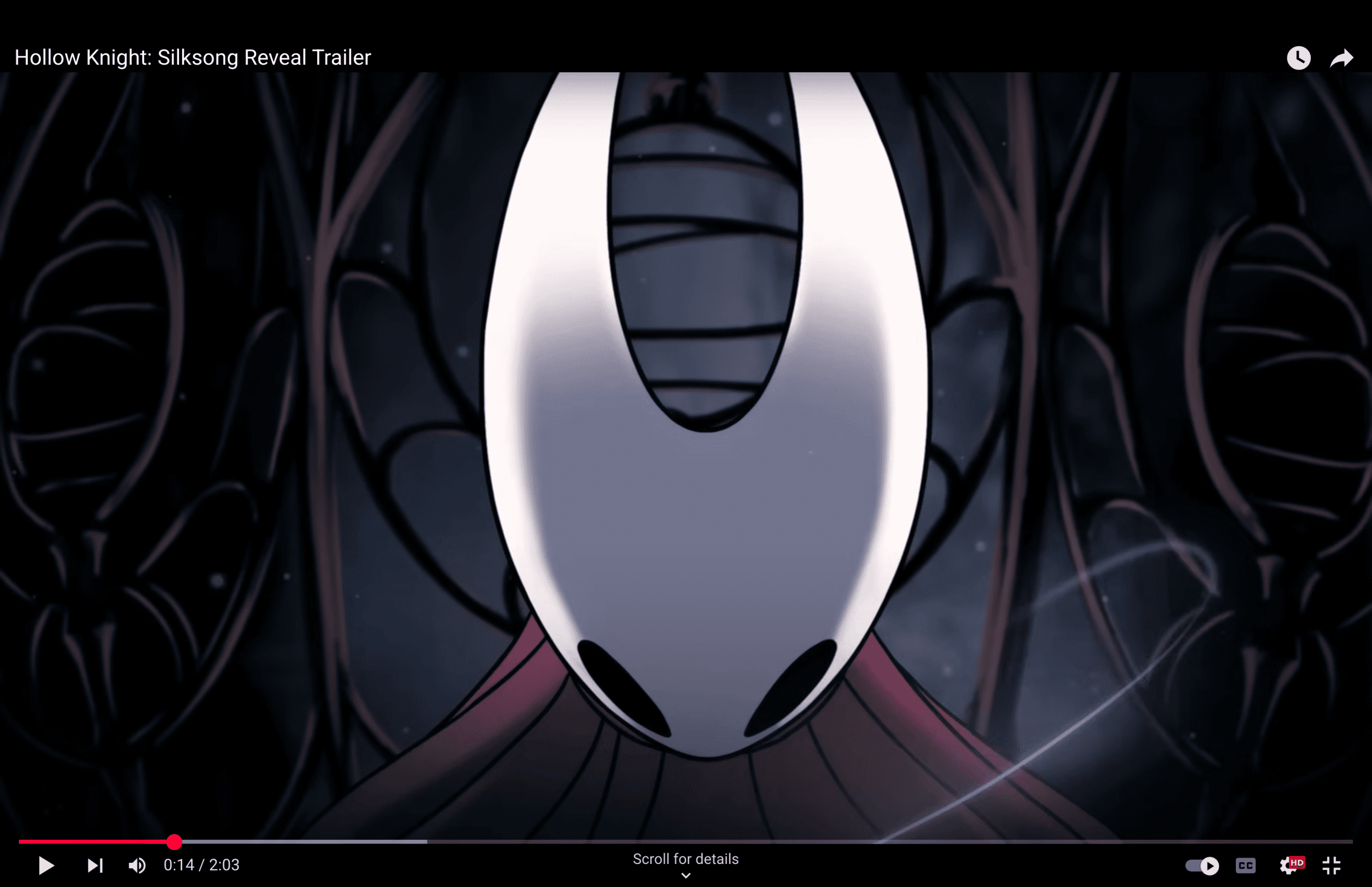If you play indie games, you may have noticed Strange Scaffold’s incredible hit rate. Every single one of the studio’s games — from Clickolding, I Am Your Beast, and most recently, Teenage Mutant Ninja Turtles: Tactical Takedown — has ended up somewhere within the “Positive” ranking system on Steam (with several achieving “Very Positive” or even “Overwhelmingly Positive”).
So, how does the studio’s creative director Xalavier Nelson Jr. ensure his studio only turns out bangers?
To find out, I sat down with Nelson at this past March’s Game Developers Conference — or more accurately, I sat down with him right outside GDC, as he couldn’t afford a ticket to the prestigious (but expensive) game-development networking extravaganza. And even that is part of Nelson’s strategy of working within extremely tight constraints, and never trying to do more than exactly what his studio can afford to do. Think the opposite of Icarus: build the wax wings, but then don’t fly into the sun. Nelson’s business strategy is to just fly straight.
“I feel like it’s more crucial than ever to make games efficiently and quickly, because as we can see from where the rest of the industry is at, you almost can’t afford to do otherwise,” Nelson told me as we sat together on a bench by the Yerba Buena Gardens, a park close to the convention center. “And in our case, I really feel it boosts our creativity. We’re making this game [TMNT] for less than $300,000 in 18 months.”

The result? A TMNT game that’s only 5-6 hours in length and an immediate hit with Steam players, specifically those who play turn-based tactical games. Strange Scaffold has become known not only for making critically acclaimed games, but also, for those games being short — or, perhaps more accurately, precisely the right length and scope.
That’s not how it usually works, as Nelson explained. The traditional indie development and publishing model, as he puts it, is to “stick a group of people in a room for three to five years, they release a game, and if it doesn’t do great within a month, they all lose their jobs. It just doesn’t make sense, either to give players anything exceptional, or to allow those developers to learn and grow and build the next thing.”
In Nelson’s words, his studio ethos is all about “really, really embracing what it means to problem-solve within the constraints we have. And to be honest, that’s where the industry kind of used to be, if only by the logistical constraints they had at the time […] The wonderful thing about the current age of games — and the horrible thing — is that our games now exist eternally. And that means that people are looking for eternal profit, which in their minds often equates — you make the biggest game you can, all the time. The winners will win. And the losers we don’t talk about.”
Strange Scaffold’s studio structure is what allows any of this to work; it’s all about the short-term, every step of the way, and that means it’s a tight-knit community of contractors, not so much full-time staff. A Strange Scaffold gig is one that a game developer can take on in addition to, or in between, other contracts they may have elsewhere. But, according to Nelson, that doesn’t mean it’s not an opportunity for developers to get the experience of learning from each other in the same way they might if they were on staff at a big studio.

“Strange Scaffold being this giant floating collection of game developers popping in and out of projects means we’re learning from each other all the time,” he said. He described a recent “workshop slash symposium” with Dan Pierce, designer for Strange Scaffold’s Creepy Redneck Dinosaur 3, about the game’s match-three elements; Pierce was able to both pass on what he had learned about the genre as well as get feedback from other Strange Scaffold developers on his design decisions.“And so creating a learning and development community together means that we can ship frankly a disgusting amount of projects quickly, and in a way that is at every stage calculated to ask, ‘Is this worth it?’ Because if the humanity is lost in the process of making the game, then the humans who made the game in the first place don’t get to keep making the things that you love.”
So far, Nelson says he’s gotten positive reinforcement from developers who’ve chosen to work within Strange Scaffold’s very specific constraints. It’s not the same as a full-time staff job within the AAA studio system, to be sure, but that may not be a bad thing.
“The feedback I most often get is, it is refreshing,” Nelson told me. “We’re surrounded by environments that say, ‘If this does not succeed, you don’t deserve to be here anymore.’ Strength Scaffold is a place that says, ‘Let’s make the best game we can within the time and the budget we have. And make the next one.’”







